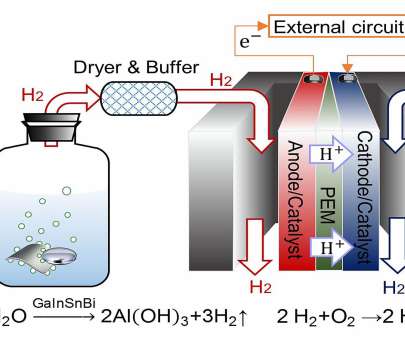Researchers use melamine to create effective, low-cost carbon capture; potential tailpipe application
Green Car Congress
AUGUST 5, 2022
UC Berkeley chemists created the first such carbon-capture MOF in 2015, and subsequent versions have proved even more efficient at removing carbon dioxide from flue gases, such as those from a coal-fired power plant. The low cost of porous melamine means that the material could be deployed widely.





























Let's personalize your content